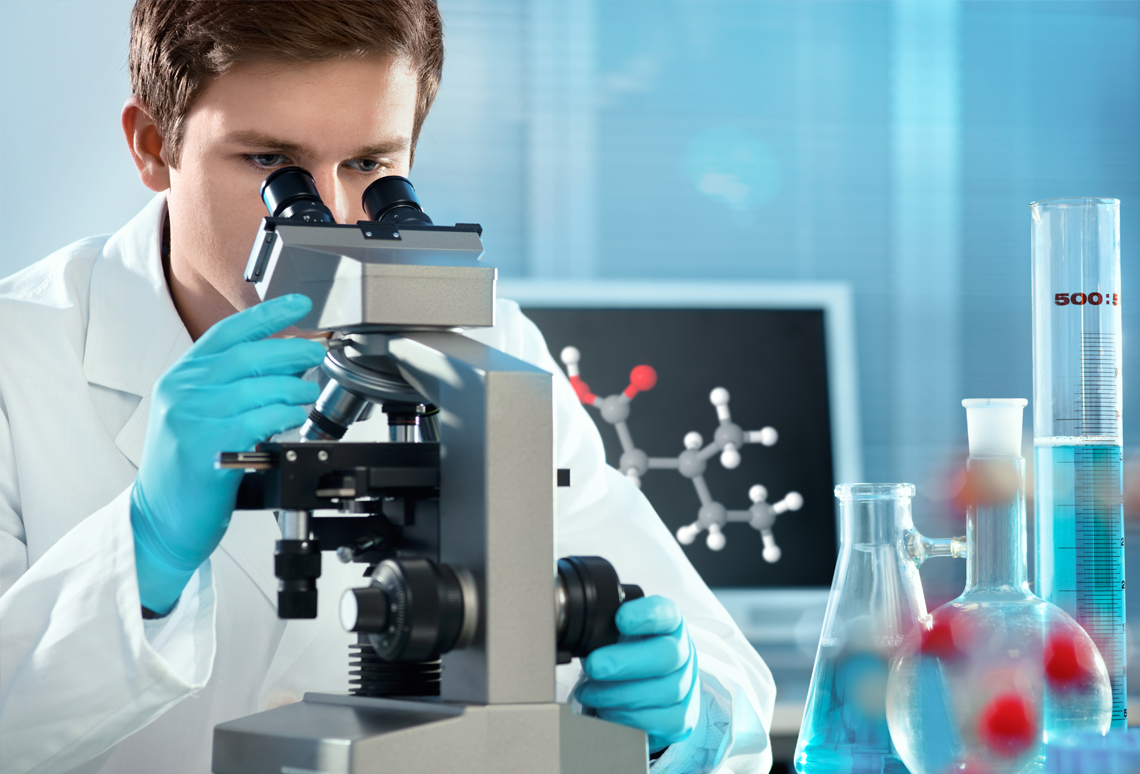What Should I Know About Platelet Rich Plasma (PRP) Treatments?
It can be terribly scary for a patient to receive news from his or her doctor that surgery is the only treatment left for an injury or other condition. The majority of patients want to exercise all other methods before agreeing to surgery. As a knee pain doctor like our friends at Premier Osteoarthritis Centers of Pennsylvania can explain, Platelet rich plasma (PRP) injections can be helpful for those who have battled certain painful and chronic conditions for years, without much relief. During an appointment with a PRP doctor, a patient may want more information about this alternative treatment option:
What are platelet-rich plasma (PRP) injections made out of?
Platelet rich plasma injections are comprised of the patient’s own plasma. A doctor draws blood from the patient, then takes this sample and spins it through a centrifuge lab machine. This mechanism spins the blood sample so quickly that the plasma and other blood components get separated. The plasma solution is what gets administered into the patient’s area of injury, pain or discomfort.
Are there any risks with receiving platelet rich plasma (PRP) treatments?
In general, PRP is a safe treatment no risks associated with allergic reactions, as the injection sample was created with the patient’s own blood. Just as with any other type of injection or procedure that involves needles being placed into the body, there may be a small risk of nerve damage, bleeding and infection. These occurrences are very rare and depend on which area is being treated.
What attracts people to trying PRP injections?
In today’s world, conventional doctors may be quick to recommend surgery as the only treatment option for their patient. In turn, the patient may then research alternative approaches that may be successful that do not involve going under anesthesia. Patients may feel apprehensive about surgery due to its invasive nature and potentially painful recovery period. There are several injuries and conditions that can benefit from PRP injections, including but not limited to the following:
- Lumbar pain
- Cervical facet dysfunction
- Nerve entrapment syndromes
- Achilles tendonitis
- Plantar fasciitis
- Shoulder pain
- Rotator cuff injuries
- Ankle and knee sprain
- Tennis and golfer’s elbow
- Joint osteoarthritis
- Hamstring and hip strain
- Patellofemoral syndrome
- Patellar tendonitis
How long may it take for me to feel better?
The time period before a patient may experience results depends on the area that is in pain, and the extent of the injury. Typically, most patients begin to notice positive changes within four to six weeks. Some patients may even feel an alleviation of pain, pressure, and discomfort after the first couple of sessions. Every patient’s body and condition are different, so how long it takes may not be the same for everyone.
If the area that was injected gets swollen, can I take medication?
In the 48 hours after the PRP treatment, the area may become swollen. It is encouraged that you communicate with your doctor about these symptoms, even though they may be completely normal. Your doctor can prescribe a pain relief medication to help you manage those first couple of days. However, do not take anti-inflammatories, as this may actually impair treatment effectiveness.




